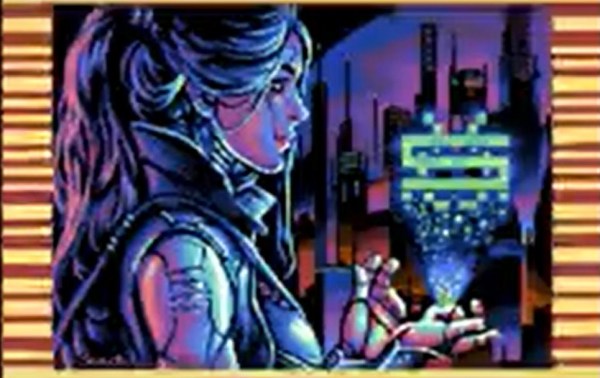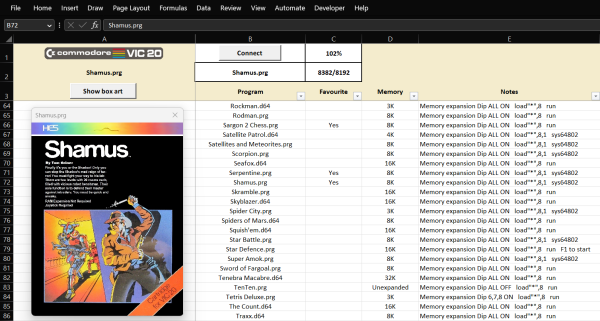During the 1980s, a moral panic swept across the landscape with the mistaken belief that there were Satanic messages hidden in various games, books, and music that at any moment would corrupt the youth of the era and destroy society as we knew it. While completely unfounded, it turns out that there actually were some hidden messages in vinyl records of the time although they’d corrupt children in a different way, largely by getting them interested in computer science. [Dandu] has taken to collecting these historic artifacts, preserving the music and the software on various hidden recordings.
While it was possible to record only programs or other data to vinyl, much in the same way that cassette tapes can be used as a storage medium, [Dandu]’s research focuses mostly on records, tapes, and CDs which had data included alongside music. This includes not only messages or images, but often entire computer programs. In some cases these programs were meant to be used with the accompanying music, as was the case for The Other Side Of Heaven by Kissing The Pink with a program for the BBC Micro. Plenty of other contemporary machines are represented here too including the ZX Spectrum, Atari, Apple II, and the Commodore 64. The documentation extends through the CD era and even into modern music platforms like Spotify and Apple Music.
The process of extraction and recovery is detailed for each discovery, making it a comprehensive resource for retro computing enthusiasts stretching from the 80s to now. There are likely a few hidden pieces of data out there hidden in various antique storage media that [Dandu] hasn’t found yet, either. You could even make your own records with hidden programs provided you have some musical and programming talents, and a laser engraver for the record itself.













